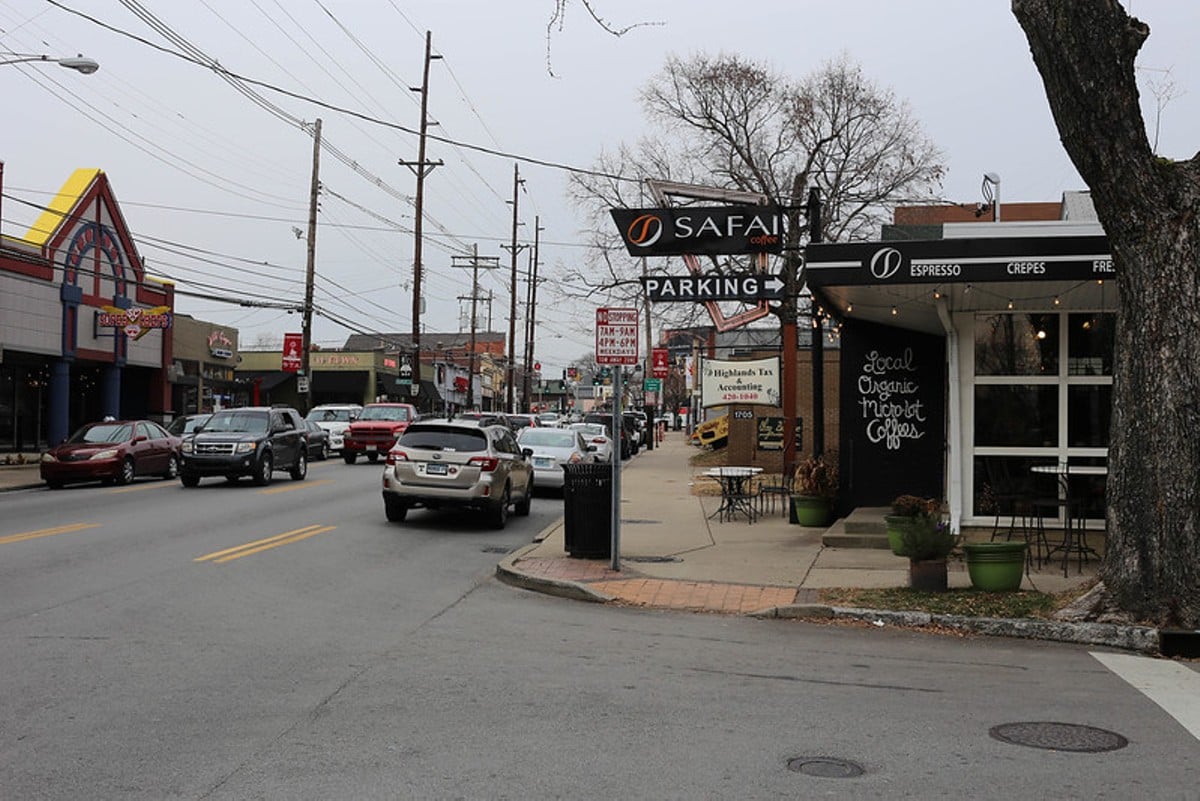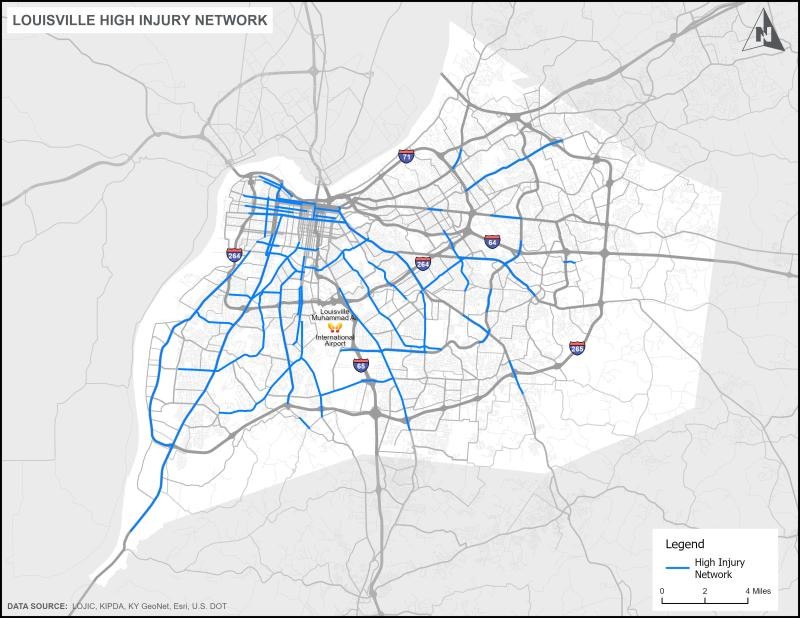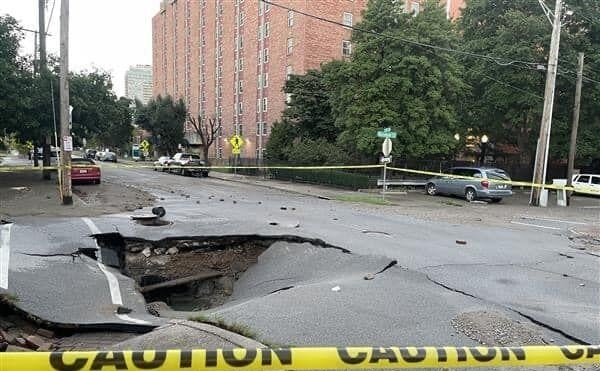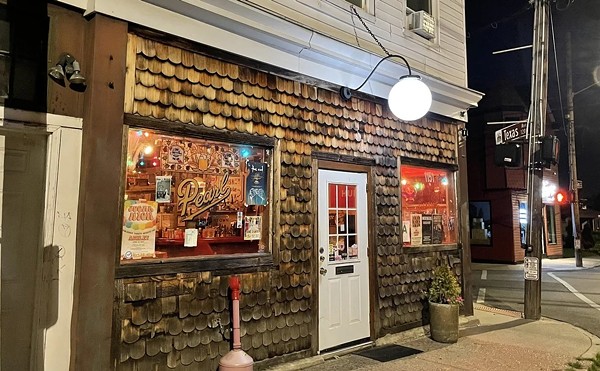Drivers in Louisville are getting into more vehicle accidents over the past 10 years. Those accidents are also causing a greater number of deaths.
In 2011, just 61 drivers died in motor vehicle accidents, according to the National Highway Traffic Safety Administration (NHTSA). That number has more than doubled since, reaching 124 deaths in 2021, which was the last year of recorded data from the administration.
However, Vision Zero Louisville, an organization that says it is dedicated to reducing car accident deaths to zero by 2050, has its own data showing how many serious injuries and deaths have occurred on public roadways since 2016 until 2023. This year, 34 people have already died as a result of car accidents in Jefferson County.
Traffic deaths have increased year-over-year since 2016 according to Vision Zero. In 2023, 136 people were killed on public roadways. 2024 is on pace to meet or exceed that number.
Vision Zero Louisville also keeps track of suspected serious injuries as a result of accidents on public roadways. 2016 saw the highest number of injuries at 660, with numbers falling almost every year. Though 2023 saw the highest number of fatalities, it also was the year of the lowest number of suspected serious injuries with 453.
Claire Yates, the transportation planner for Louisville Public Works and the program manager for Vision Zero Louisville, said that ever since the COVID-19 pandemic, Louisville has seen an increase in collisions involving pedestrians.
“I think that Louisville has seen an increase in pedestrian fatal crashes, which matches nationally as well,” she said in an interview with LEO Weekly.
United States pedestrian fatalities have surged since the pandemic, and Yates said Louisville fits closely with the national trends Americans have seen since then. She said that a factor locally for so many collisions is not just distracted driving, but the layout of the city as well.
“We recognize that certain roadway designs are more dangerous by design,” she said. “We’re taking a data-driven and research-oriented approach to our transportation system, really for the first time. For a long time (safety) was traded against vehicle speed. Vision Zero centers public safety first.”
Nationally, the number of traffic accidents have seen an even greater increase in the south, including the Commonwealth of Kentucky.
Chris Hayes, the assistant vice president of transportation and workers compensation risk control for Travelers, said although city layouts do play a role in traffic collisions, distracted driving and other factors that have jumped in relevancy over the past four years are major concerns for drivers in the United States.
“Distracted driving is one of the key concerns in motor vehicle safety right now,” he said in an interview with LEO Weekly. “If someone is driving distracted, whether it’s because of a phone or some other technologies, it’s impacting their driving but it also impacts the safety of everyone they’re driving past through their entire drive. It’s less about the impact on the individual, but it’s really more about the community of drivers on the road.”
The Insurance Institute of Highway Safety (IIHS) estimates that over 42,000 people were killed in 2021 from traffic accidents, which has increased year-over-year since the pandemic.
Hayes pointed to factors like secondary tasks like taking videos, sending text messages and shopping online as primary concerns for him when discussing distracted driving habits for drivers.
“One theory during the early days of the pandemic was that the roads had less traffic, and people had a little bit of a sense that ‘Oh I can drive a little bit faster…’ because the roads are more empty,” he said. “The roads are now as crowded as they’ve ever been, so we’ve bounced back to roughly the same traffic we had pre-pandemic, but these behaviors have continued.”
According to the Travelers Risk Index, which was published earlier this year, behaviors on the rise since before the pandemic include updating and checking social media, which has gone up by 13%, typing a text or email, up 10%, talking on a cellphone (hands-free), 10%, using a cellphone to record videos or take photos, up 9%, and reading a text or email is also up by 9%.
And as those behaviors have continued, Hayes said the consequences are becoming deadlier each year. In the southern states, including Kentucky, those habits have increased by a considerable amount every year since the pandemic.
Those numbers fluctuate as focus shifts to southern states. Across the southern belt, taking photos and videos is up by 12% since the pandemic, which Hayes said is just one of many concerning behaviors that drivers participate in that could be deadly.
However, southern states do not participate as much in taking calls while on the road. Nationally, 76% of drivers said they do not call people who they know are driving. In the south, that number increases to over 80%, according to Hayes.
Back in Louisville, Yates said that Vision Zero Louisville is taking steps to mitigate risk to avoid car collisions across the city. She gave an example of a currently ongoing safety study with the Kentucky Transportation Cabinet being conducted on where Taylorsville Road and New Cut Road connect (KY-1865) between the Watterson Expressway and Gene Snyder Freeway to identify more ways to improve safety. She said that area was identified as a “high crash corridor,” which means it is a hotbed in the city for collisions.
The road currently ranks fifth among Louisville’s 53 most dangerous roadways.
“We are looking for ways to improve safety along that stretch of road,” she said.
Currently, Vision Zero Louisville is working with KYTC to also reduce speed limits of various roads across the city. According to the NHTSA, slowing down can dramatically reduce death or severe injury. If a car is going 40 miles per hour (mph), the likelihood of a pedestrian fatality or severe injury is 40%. At 30 mph, the likelihood drops to 40%, and at 20 mph, the likelihood drops down to 13%.
“A person’s chance of survival is directly correlated with a vehicle’s weight and speed at time of impact,” Vision Zero Louisville stated in its 2023 Annual Report.
Vision Zero Louisville is also working with two different Level I trauma centers — The University of Louisville Hospital and Norton Children’s Hospital — which are considered the highest level of trauma care available in the country, to reduce response times after collisions on Louisville’s roads to help save more lives.
“We want to do everything we can to make sure that it is a life-sustaining incident rather than someone dying as a result of the crash,” Yates said.








